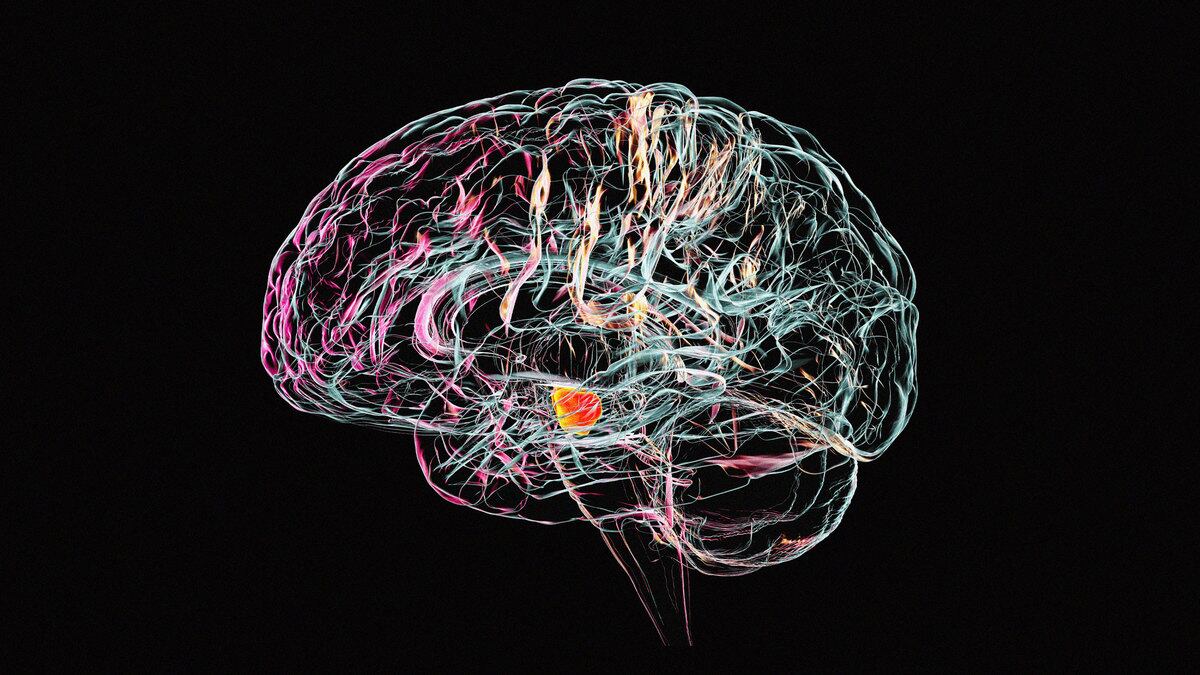In almost 70 years, our understanding of how Parkinson’s disease wreaks havoc on the nervous system has grown tremendously. Advances in genetic sequencing, for instance, have revealed that up to 15 percent of all cases of Parkinson’s can be attributed to inherited mutations in a person’s DNA. But large gaps in our understanding remain, including what causes the majority of cases and how to definitively test for the disease.
Most astonishingly, today’s gold standard treatment for Parkinson’s—levodopa medications—was discovered 68 years ago. Levodopa is effective at reducing Parkinson’s hallmark symptoms like tremors, slowness, and stiffness. The underlying theory is that Parkinson’s patients lose cells that make dopamine, and levodopa acts as a substitute
Crucially, however, levodopa cannot stop or slow the progression of the neurodegenerative disease—merely provide some respite to the symptoms. Many researchers hope to find a more permanent cure by targeting the source and directly fixing mistakes in patients’ genes that lead to Parkinson’s in the first place. In a new study published April 19 in the journal Science Advances, one group reports having acquired the ability to overcome a (literal) barrier holding genetic intervention back.
New ways to treat Parkinson’s disease can’t come fast enough. More than 8.5 million people worldwide have the disease, and it’s the fastest-growing neurological cause of disability and death. Not only can these new findings introduce a new generation of Parkinson’s treatments, it could fundamentally change the way we treat diseases of the brain.
“Our ultimate goal is to treat neurological diseases, such as Parkinson’s, early and non-invasively,” José Obeso, a neurologist at the Abarca Campal Integral Neuroscience Center in Spain and the senior author of the new research, told Spanish newspaper El País. “If all goes well, we could start testing on patients in the summer of 2024.”
Last-Mile Drug Delivery
Though the roots of Parkinson’s disease remain mysterious, researchers have figured out that dopamine is central to the puzzle. You may know this chemical as a pleasure hormone, but more generally it’s a key component of neurons’ messaging system. A structure in humans’ midbrain called the substantia nigra controls movement and coordination through cells that release dopamine. But in Parkinson’s patients, 80 percent or more of these cells are killed off.
Gene therapies—where researchers can fix a mutation in a person’s underlying genetic code—have shown promise for rare disorders that consist of a single well-described mutation, Rebecca Gilbert, the chief scientific officer of the American Parkinson Disease Association who was not involved in the recent research, told The Daily Beast. Parkinson’s, however, seems to be much more complex, and so the gene therapies that have been trialed have taken a variety of approaches. Some aim to keep dopamine-producing cells alive, while others increase the production of enzymes that turn precursor chemicals into dopamine.
But both of these strategies hit the same roadblock: It’s not easy at all to get to the substantia nigra because of a network of blood vessels and tissues called the blood-brain barrier. To protect the brain from infection and inflammation, the barrier lets in substances like water and oxygen while keeping out large proteins. Levodopa naturally crosses the blood-brain barrier, but gene therapy, which is often delivered using a harmless virus, is a definite no-no. If drug delivery were a microscopic-scale version of package delivery, the blood-brain barrier might be a low-clearance bridge and gene therapy an oversized truck.
“The [blood-brain barrier] keeps many unwanted substances out of the brain, so it is a very necessary system to protect the brain, but it means that it needs to be circumvented for gene therapy to work,” Gilbert said.
To date, the solution to this issue has been injecting gene therapy directly into the brain—an invasive procedure that may still result in the therapy filtering out to the bloodstream. But in a study published on April 19 in the journal Science Advances, Obeso and his colleagues detailed a simpler, less invasive method of crossing the barrier. Best of all, it relies on low-intensity focused ultrasound, a technology that many hospitals already possess.
In the new study, the researchers injected tiny fat bubbles into the veins of six macaque monkeys and three humans, then performed focused ultrasound in a machine similar to an MRI. The ultrasound waves combined with the bubbles formed millimeter-sized cracks in various parts of the blood-brain barrier, which the researchers found they could control. And though it seems small, a few millimeters is all a gene therapy would need to slip past into the brain.
The researchers found that the primates and human participants tolerated the focused ultrasound without any complications, and that their blood-brain barriers were restored after 24 hours—raising the possibility that therapies that would have been kept out can now gain entry into the brain.
“A whole variety of different molecules such as antibodies, nerve growth factors, and gene therapy may be able to take advantage of this approach,” Gilbert said.
Opening up this gap in the blood-brain barrier “might allow early and repeated interventions to treat neurodegenerative disorders” besides Parkinson’s, too, the researchers wrote in the study. The U.S. spends more than $50 billion annually on Parkinson’s care, which means that this method of breaking through the blood-brain barrier isn’t just a million-dollar idea, it could be a multibillion-dollar one. With this last-mile solution, a new therapy for this debilitating disease might finally be within reach.








